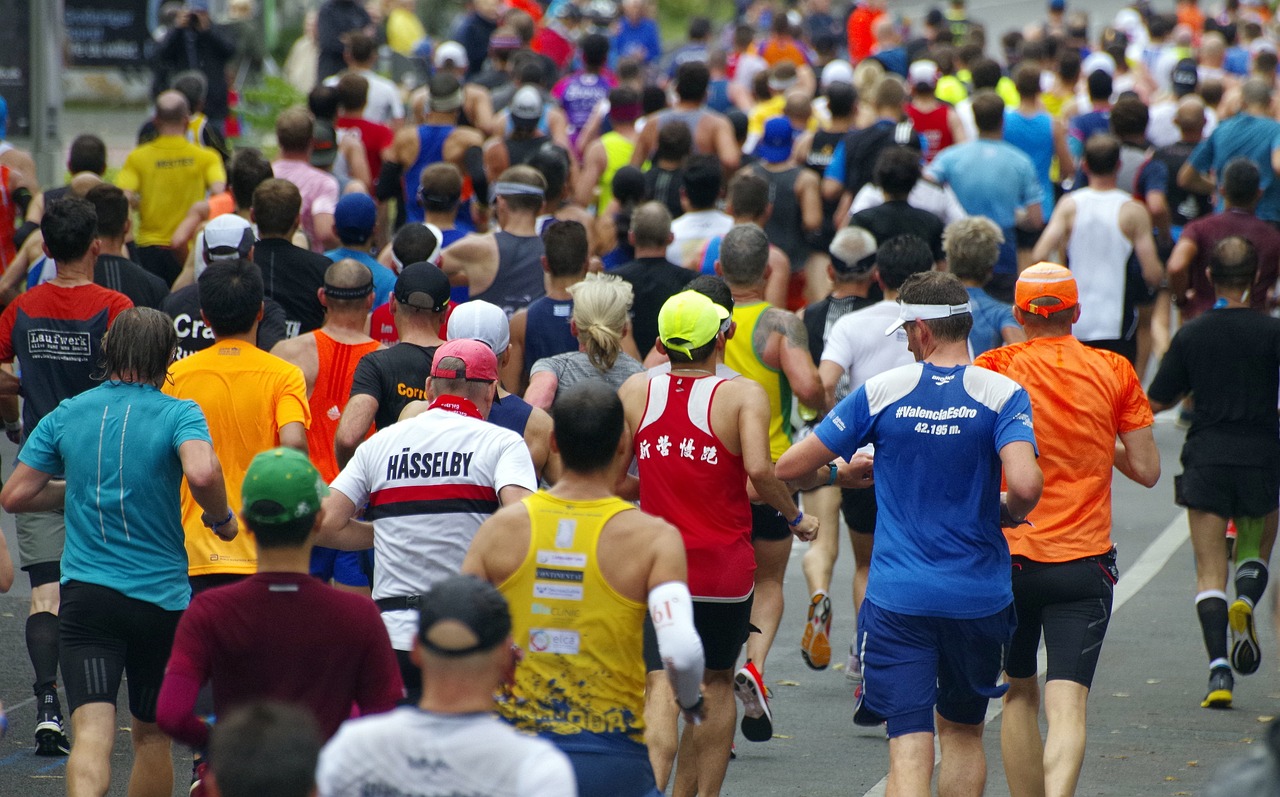Unveiling the Intricacies of Biathlon: A Fusion of Endurance and Precision
The sporting world is a vast and versatile realm. Amidst the plentiful disciplines, one stands out as an unusual but captivating blend of endurance and precision—biathlon. This winter sport combines cross-country skiing and rifle shooting, demanding both physical stamina and mental focus. This article delves into the fascinating world of biathlon, tracing its historical roots, examining its evolution, and offering a unique perspective on its present-day implications.

Part 1: Historical Roots of Biathlon
Biathlon’s origins trace back to the Scandinavian survival practices. Ancient Norsemen, as part of their hunting and warfare techniques, combined skiing with marksmanship. The term ‘biathlon’ itself was coined much later in the 19th century. The sport’s first competitive event reportedly took place in 1767 when border patrol troops in Norway organized a skiing and shooting contest. From then on, biathlon began to evolve, finding its way into the military, and eventually, into competitive sports.
Part 2: Evolution and Modernization of Biathlon
The modern biathlon has come a long way since its origin. It first appeared in the Winter Olympics in 1960, and since then, it has undergone significant modifications to improve fairness and excitement. Today, the sport involves various race formats, including individual races, sprints, pursuits, mass starts, and relays. Each format presents unique challenges and requires different strategic approaches.
Part 3: The Rigors and Rewards of Biathlon Training
Biathlon demands a unique set of physical and mental skills. Athletes must possess excellent cross-country skiing skills and master the art of precision shooting. Training for biathlon is intense and multifaceted, focusing not only on physical endurance but also on sharpshooting techniques. Despite its strenuous nature, biathlon training has several benefits, including improved cardiovascular health, mental focus, and resilience.
Part 4: Biathlon’s Current Landscape and Future Prospects
Biathlon has grown immensely in popularity over the years and has evolved into a spectator sport with a dedicated fan base. The sport has also made significant strides in terms of gender equality, with women’s biathlon events gaining recognition and media coverage. Looking forward, the sport’s future seems promising, with new technological advancements like digitized target systems paving the way for further evolution.
Part 5: The Unseen Aspects of Biathlon: Mental Strength and Strategy
Often overlooked, the mental aspect of biathlon is as crucial as physical prowess. Athletes must maintain calm and focus during shooting sessions, despite the physical exhaustion from skiing. The ability to switch between high-intensity skiing and precision shooting is a testament to an athlete’s mental strength and strategic planning.
In conclusion, biathlon is a captivating sport that beautifully marries physical endurance and mental precision. Its historical roots, evolution, and current standing in the sports world offer a fascinating study. As we continue to explore the intricacies of this unique discipline, one can only anticipate what innovative changes the future holds for the sport of biathlon.




